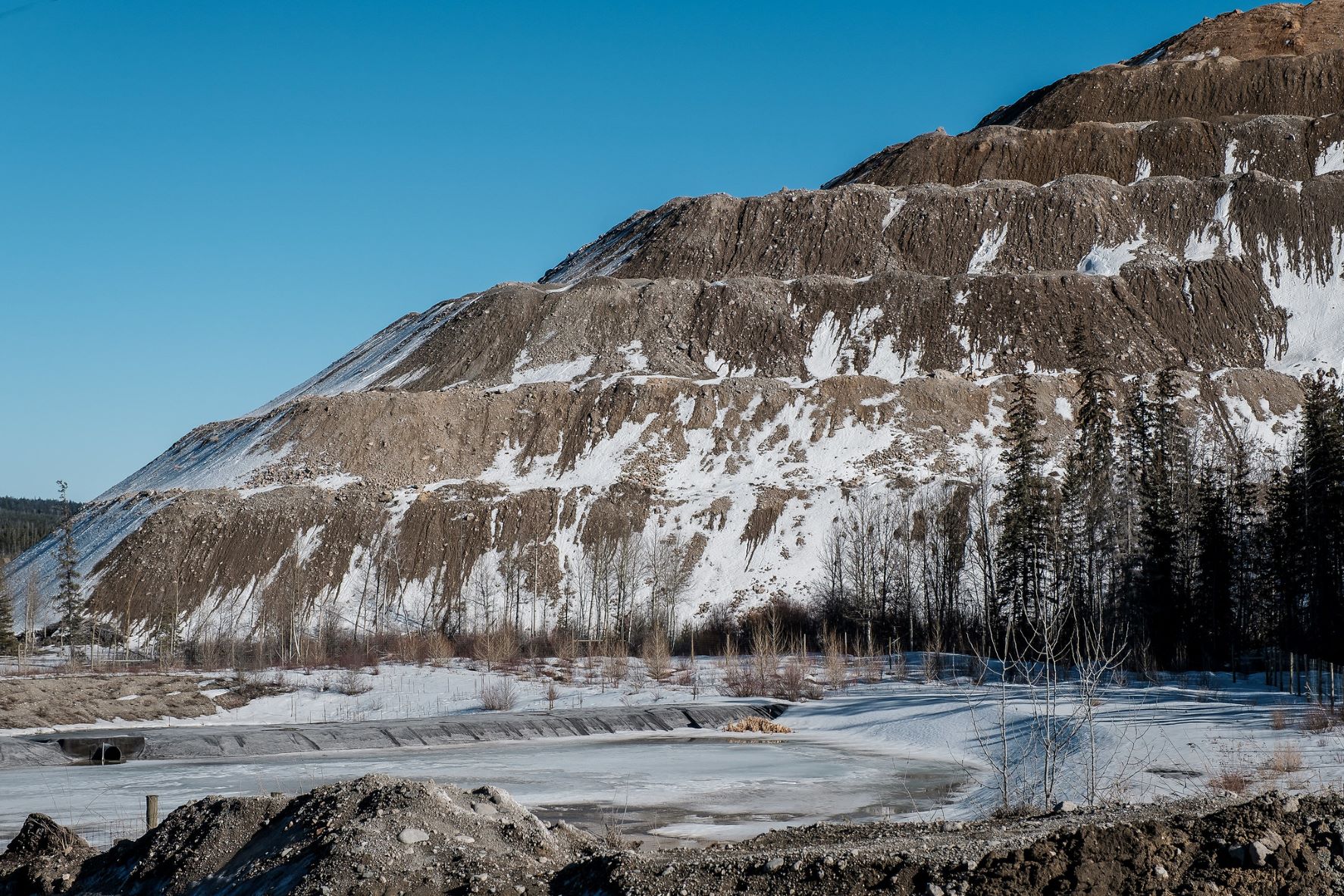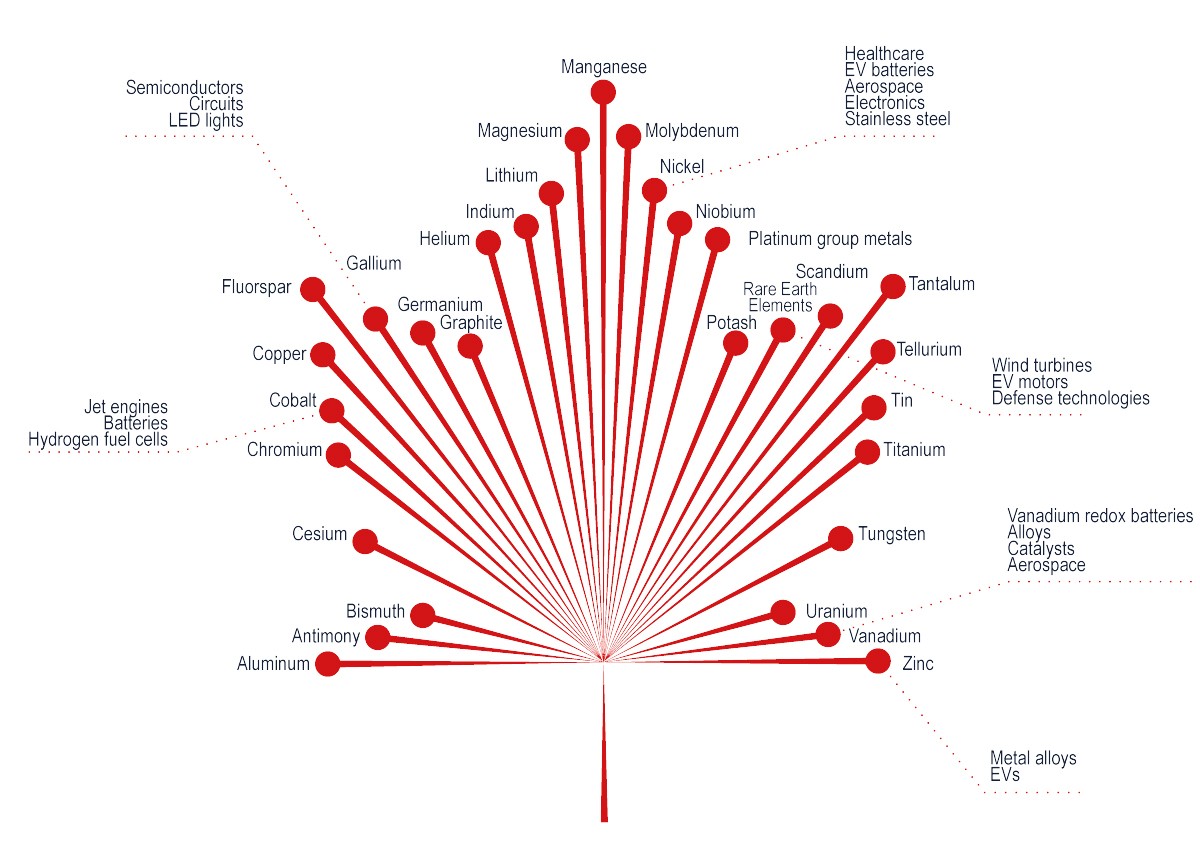5 key takeaways from Canada’s new Critical Minerals Strategy
Officials don’t want Canada to get left behind as demand for minerals increases.

B.C.’s Highland Valley Copper Mine produces both copper and molybdenum. – Province of B.C.
The future of technology and energy requires critical minerals and Canada has released its plan to secure them.
This month, the federal government released the Canadian Critical Minerals Strategy, a plan to establish and maintain resilient critical minerals value chains that adhere to the high ESG standards.
“There is no energy transition without critical minerals: no batteries, no electric cars, no wind turbines and no solar panels,” wrote Jonathan Wilkinson, minister of natural resources. “The sun provides raw energy, but electricity flows through copper. Wind turbines need manganese, platinum and rare earth magnets. Nuclear power requires uranium. Electric vehicles require batteries made with lithium, cobalt and nickel and magnets. Indium and tellurium are integral to solar panel manufacturing.”
Canada is also in a unique global position. It is home to almost half of the world’s publicly listed mining and mineral exploration companies, with a presence in more than 100 countries and a combined market capitalization of $520 billion.
The strategy, backed by nearly $4 billion in Budget 2022, envisions Canada as a global supplier of choice for critical minerals.
But what does the strategy mean for builders? Here are five major takeaways:
1. We have to get better at finding minerals
Locating critical minerals in Canada’s vast landmass is a complex endeavor. It requires advanced geoscience capabilities, including geological mapping, geophysical surveying, and scientific assessments and data.
Ottawa plans to spend $79.2 million for public geoscience and exploration to better identify and assess mineral deposits. They also want to offer a 30 per cent Critical Mineral Exploration Tax Credit for targeted critical minerals. $47.7 million will be spent on targeted upstream critical mineral R&D through Canada’s research labs and $144.4 million will go towards critical mineral research and development, and the deployment of technologies and materials to support critical mineral development for upstream and midstream segments of the value chain.
2. Projects need to speed up
It takes anywhere from 5 to 25 years for a mining project to become operational, with no revenue until production starts. The federal government says that’s not good enough so they are looking to accelerate the development of strategic projects.
Ottawa is pouring $1.5 billion into the Strategic Innovation Fund (SIF), one of the most significant direct funding mechanisms in the entire strategy. Officials say the SIF will help build world-class critical mineral value chains in which prefabrication and manufacturing activities are done domestically by default. It will support projects that decrease or remove reliance on foreign critical mineral inputs across a range of priority industrial sectors or technologies. SIF investments will favour critical mineral development opportunities that aim to reduce GHG emissions in critical mineral and manufacturing sectors.
Officials also plan to spend $21.5 million to support the Critical Minerals Centre of Excellence (CMCE) to develop federal policies and programs on critical minerals and to assist project developers in navigating regulatory processes and federal support measures.

3. Sites need to be accessible and supported
Critical mineral deposits are often located in remote areas with challenging terrain and limited access to enabling infrastructure such as roads or grid connectivity. Officials say the cost implications of this infrastructure deficit discourage investment and hinder the socio-economic development of local communities that welcome mineral development. It also increases the risks associated with economic and logistical feasibility, particularly with rising inflationary pressures and challenges in global supply chains.
Ottawa is proposing $1.5 billion for infrastructure development for critical mineral supply chains, with a focus on priority deposits. They also want to make strategic infrastructure investments in green energy and transportation to unlock critical mineral regions, while also improving environmental performance and driving emissions reductions in existing operations through electrification.
4. A lot more workers are needed
Mining experts anticipate that up to 113,000 new workers will be needed by 2030 to meet new demand and replace those workers anticipated to exit the mining workforce. Sound familiar?
The strategy aims to continue supporting a plethora of existing programs that target diverse groups, including: Sectoral Workforce Solutions Program, the Indigenous Skills and Employment Training Program, and the Skills and Partnership Fund, Canada Summer Jobs, Rural and Northern Immigration Pilot.
Officials are also looking for partnership opportunities with provinces and territories, Indigenous-led organizations, and several stakeholders, including universities, colleges, and specialized training institutions, to create greater awareness and understanding of the minerals and metals sector, sometimes referred to as mineral literacy. These partnerships would encourage enrolment in mining curriculum, skilled trades, and by socializing the role critical minerals play in the green energy transition and showcasing the diversity of careers available in the sector.

5. Indigenous people must be included
Indigenous peoples are the stewards, rights holders, and in many cases, title holders to the land upon which mineral resources are located. Historically, Indigenous peoples have not always benefited from natural resource development on their traditional territories, and some developments have caused adverse environmental and social impacts on communities.
But federal officials say that in the past few decades, Indigenous participation in the mining sector has grown significantly.
Ottawa is allocating $103.4 million to advance economic reconciliation through enhanced readiness to meaningfully participate in the natural resource sector, including at least $25 million to support Indigenous participation and early engagement in the strategy. Funding is available through the Indigenous Natural Resource Partnerships Program, which funds activities that help increase the economic participation of Indigenous peoples in natural resource projects. The Program is accessible to Indigenous communities, businesses, and organizations.

